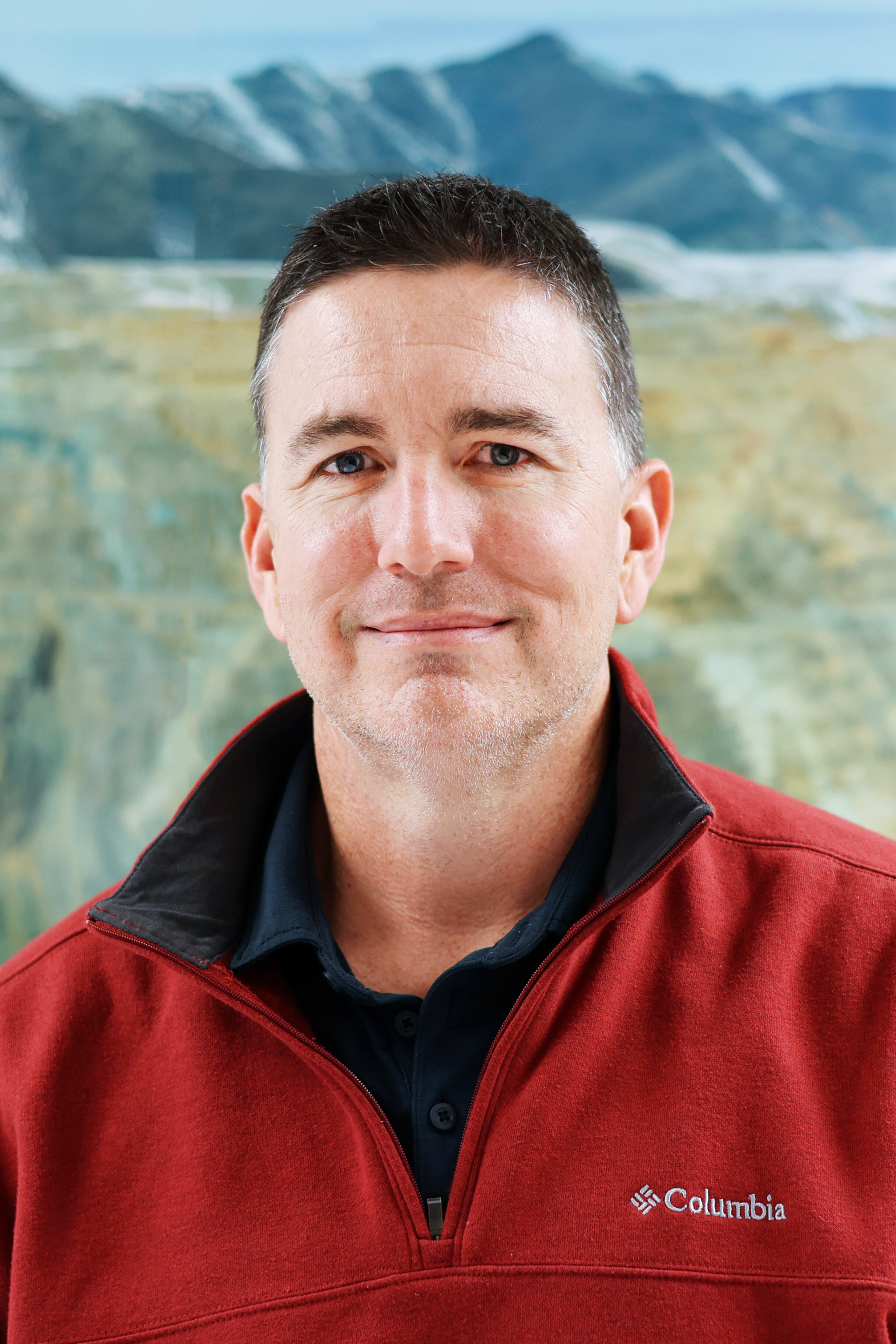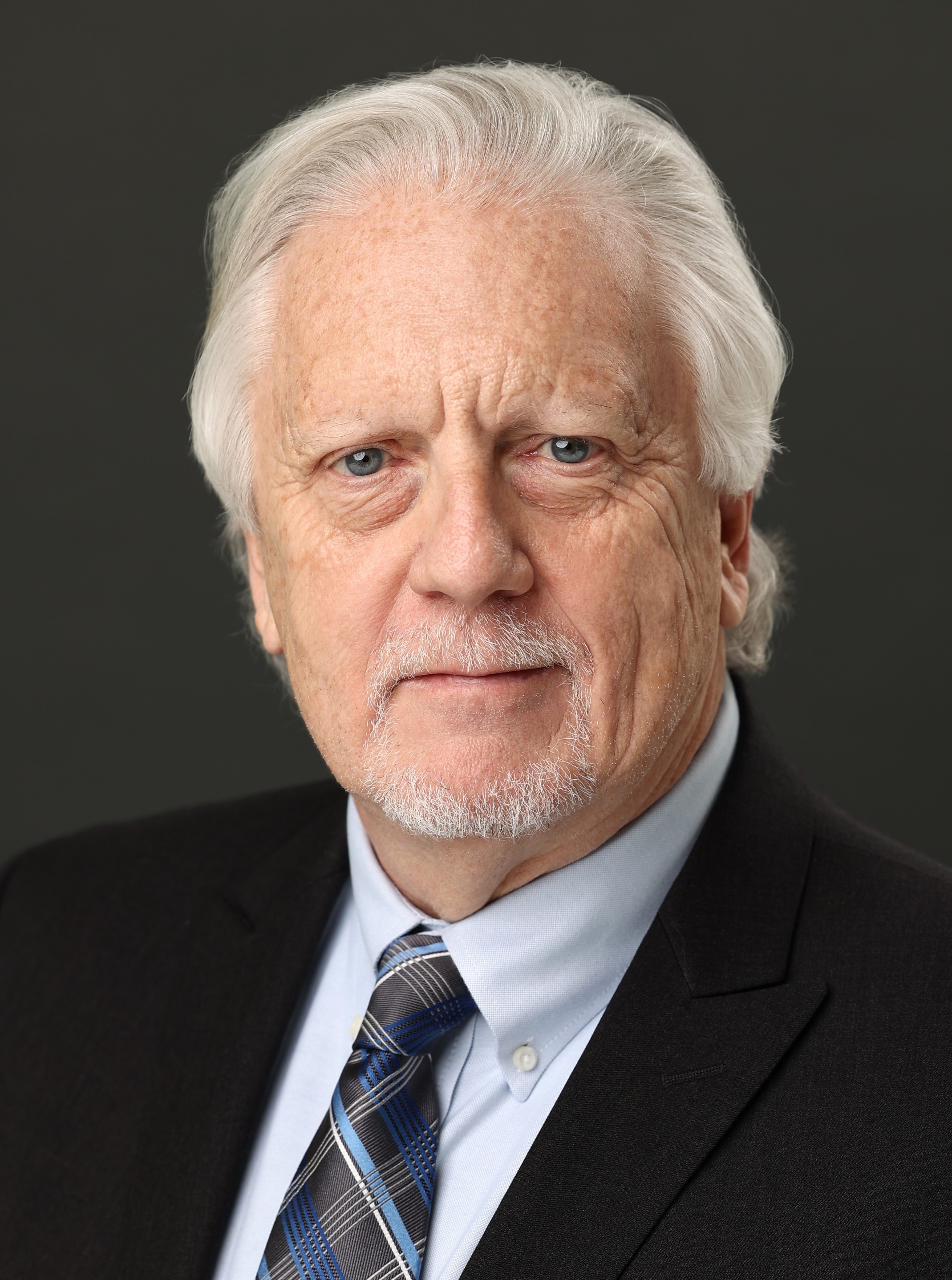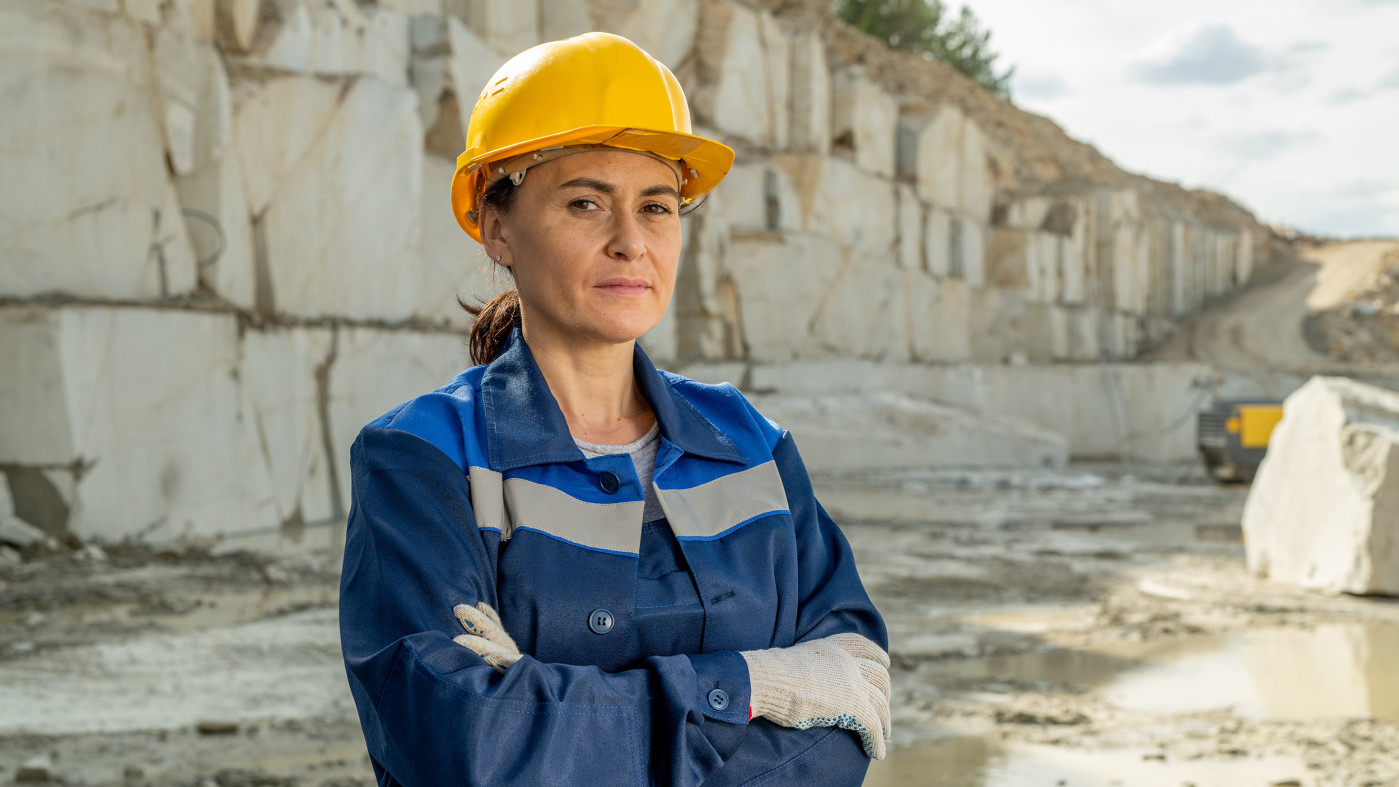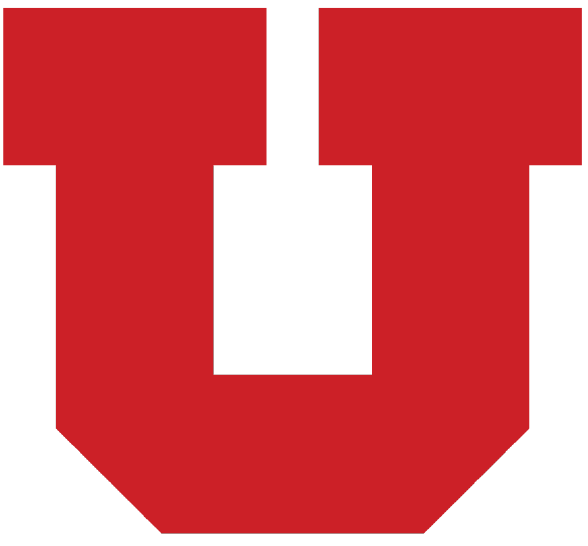Contact Us
Charles Kocsis, PhD
Program Director
Professor and Chair, Dept. of Mining Engineering
W. Pratt Rogers, PhD
Associate Professor, Dept. of Mining Engineering
Patrick James, CSP, CMSP
Associate Director of the Center for Mine Safety and Health
Kat McColl
RMCOEH Graduate Academic Advisor
It is well understood that the U.S. mining industry is large. But how big is it, exactly?
There are more than 12,500 mining operations in the country and 315,000 mine workers staffing them. Despite the ongoing shift away from coal — which has long been one of the nation’s and world’s primary energy sources — there is a major and growing demand for minerals that are essential to renewable-energy technologies such as electric vehicles and solar panels.
In short, the mining industry is massive, and the miners who power it will continue to be essential for decades to come. So, too, will the professionals trained to fulfill the most important responsibility within the industry: keeping people safe.
What is Mining Safety?
Mining, by its nature, includes significant health and safety risks. These risks include exposure to dangerous chemicals, mineral hazards, and unplanned energy releases, as well as operating heavy equipment. While advances have made mining much safer over the last century, injuries and fatalities are ever-present concerns at all mining sites.
That’s where mining safety professionals come in. Put simply, they are charged with identifying and eliminating these risks to ensure miners return home, healthy and whole, to their families each day. As the mining industry changes, however, so do the ways mining safety professionals approach their jobs. These careers require continuous learning and adaptability to stay one step ahead as mines incorporate new technologies and methods, including artificial intelligence, to more efficiently and safely extract minerals from the earth.
Our Program
RMCOEH’s Mining Safety program is one of only a few of its kind in the nation, offering master’s-level training that prepares students for success in mining-sector health and safety positions. Students receive training in:
- Mining hazards and controls
- Critical control and fatalities prevention
- Risk management
- Industrial hygiene in a mining environment
- Human factors
- Behavior-centered safety
Students also receive interdisciplinary training that equips them with a robust foundation in occupational and environmental health and safety principles. That gives students a leg up as they embark on their careers and prepares them to take on real-world health and safety problems.
Career Outlook
Graduates of our program are prepared to work in a variety of positions in the mining industry, including as health and safety technicians, trainers, managers, consultants, and academics. What’s more, there is massive demand for professionals with the training RMCOEH provides, as mining companies are facing a shortfall of college-educated professionals entering the industry — for instance, only 327 mining degrees were awarded in the U.S. in 2020 despite significant need.
While there are no robust national data regarding salaries specific to mining safety positions, pay for college-educated mining professionals reflects how highly sought they are in the workforce. The average salary for a worker with a degree in mineral or mining engineering is $115,000, a figure that is also in line with careers in several OEHS disciplines.






 © 2026 Rocky Mountain Center for Occupational and Environmental Health
© 2026 Rocky Mountain Center for Occupational and Environmental Health